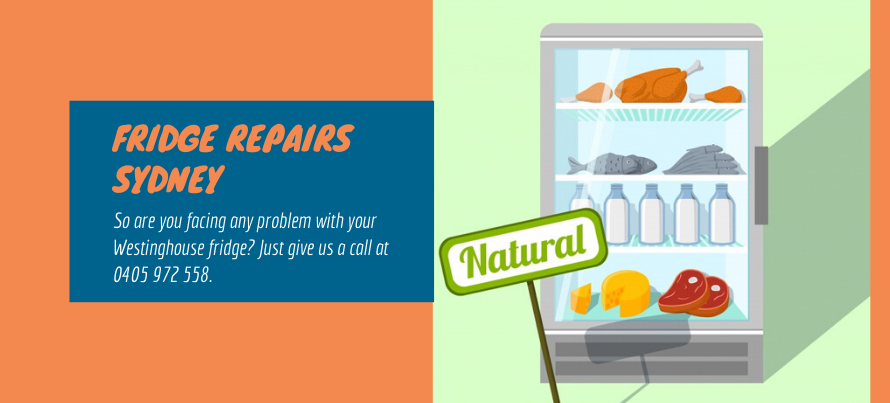Have you noticed that the milk is getting frosty? Or meat spoilage has become a frequent issue? It happens all because of the wrong temperature. According to FDA recommendation, you have to keep your refrigerator at or below 40 degree Fahrenheit, and your freezer should be at 0 degree Fahrenheit to keep your food fresh for longer to prevent food borne illnesses.
What is Right Temperature of Your Fridge?
If you don’t want to make your invitees or people in your home sick with the food you are serving, make sure the ingredients are fresh. Here is a guide for the right temperature of your fridge –

- Fresh food compartment temperature should be between 0 degree to 4-degree Celcius.
- Freezer close to -18 degree Celcius.
- Chilled compartment must be close to 0-degree Celcius.
Why Does Food Go Off?
Foods spoil if they undergo chemical and physical changes. The chemical changes include maturing, ripening or oxidising, whereas the physical changes include heating, cooling or mechanical stress. Though setting a proper temperature in your fridge slows down the growth of bacteria and mould, the stored food spoils at times, and there are a few reasons behind that-
- Not all bacteria stop growing below 4 deg Celcius, and some foods are considered as risky or highly perishable.
- You should avoid putting the items in the door of your fridge, which are sensitive to spoilage.
- At times freezer burn occurs by removing water from the outer surface of frozen food, and it happens due to non-air tight packaging, and temperature fluctuation is also high.
Here are the ways to set the right fridge temperature according to fridge repair professionals in Sydney-
Keep Your Fridge Full:
Are you someone, who use fridge frequently and not just to stock items? Then keeping your fridge full can help you to keep your fridge temperature consistent throughout. If it is an empty fridge, then opening and closing the door allows more air to get into it, replacing the cool air with the warmer air.
Due to this reason, the fridge needs to work hard, consuming more energy to turn warm air into cool air. However, with the presence of many items in the fridge, there would be less space for warm air to cycle and re-cooled.
Check the Air Vents:
To keep the temperature in your fridge steady, the air needs to pass between the freezer and refrigerator. So, if you see frost in your freezer, make sure there is nothing stuffed against the air vent.
Use a Fridge Thermometer:
Instead of relying blindly on the self-reporting temperature, use a thermometer to determine the fridge temperature. For example, upon using a thermometer, you may find a particular compartment of the fridge has 5–8 degree less temperature than any other parts. A thermometer can save you regarding such Westinghouse fridge problems.
Be aware of packing your refrigerator too tightly, as it doesn’t allow the cool air to flow around your stuff. Later, it can hamper the cooling efficiency. Also, remember that the temperature within your fridge can vary based on the usage. The coldest part of your fridge is back and bottom of it. Since the cooling element is there at the back and warm air rise up, it makes the back and bottom of the fridge cold.
So are you facing any problem with your Westinghouse fridge? Just give us a call at 0405 972 558.




